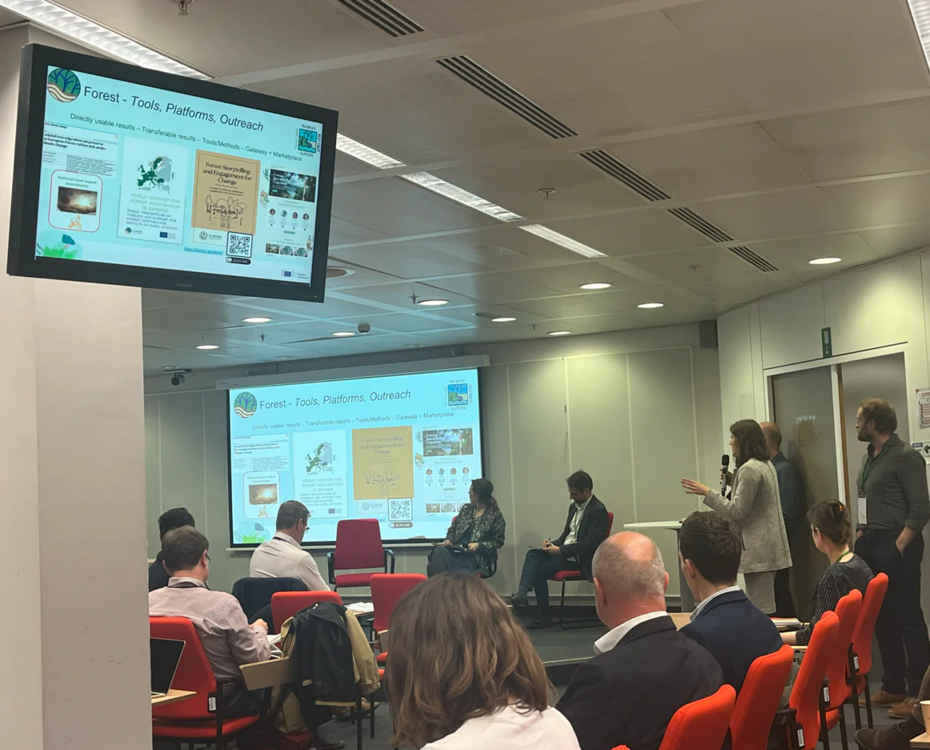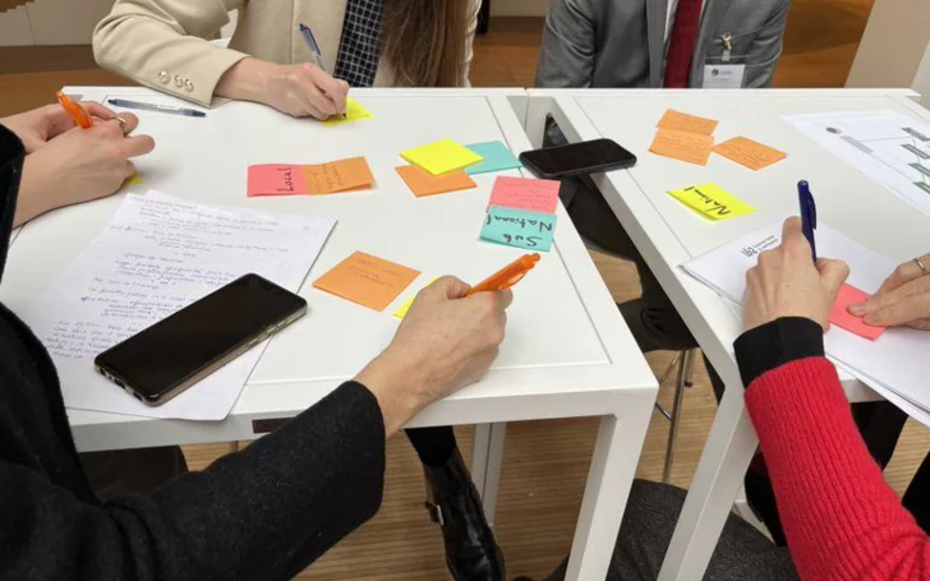
3.2 European forest policy stakeholder landscape

The policy stakeholder landscape for Europe is large and complex, due to the many direct and indirect impacts of trees and forests on citizens, businesses, and the environment. Across Europe as a whole, Forest Europe exists as a mechanism for developing common strategies and maintaining positive policy dialogue. Within the EU, the stakeholder policy ecosystem is well established, and includes inter alia representative bodies for landowners (ELO), private forest owners (CEPF), state forestry bodies (EUSTAFOR), wood-using industries (CEI BOIS), environmental NGO’s such as FERN, WWF and BirdLife, certifying bodies such as FSC and PEFC and the various European Commission policy Directorate General’s (notably DG AGRI, DG ENVI and DG CLIMA).
For policymakers at national and European level, addressing this complexity can be helped by mapping stakeholders by geography and by theme: From a geographic perspective, have you considered local, regional, national and international stakeholder views in your policy development? From a thematic perspective, have you considered both those who will be active in delivering the policy (such as landowners, practitioners and regulators), and those whose interests will be impacted by it – both positively and negatively? This can be a significant undertaking – especially given the need to hear from those who are the most impacted, and not just those with the loudest voices. Approaches to consider could include:
- Citizens’ assemblies / deliberative dialogue [check this inspiring example from Ireland)
- Engaging with representative bodies
For more advice and tools for involving stakeholders check out the following sub-chapters:
3.1 Stakeholder mapping, online debate mapping, perception
3.4 EU citizens’ views on restoration
Related resources
Supporting National Restoration Plan Development
At the 10 March 2025 event “Supporting National Restoration Plan Development” in Brussels, SUPERB shared key lessons on adaptive restoration, financing and stakeholder engagement to support Member States in implementing the EU Nature Restoration Regulation and developing effective National Restoration Plans.
Trade-offs and synergies between European and national forest restoration policies and laws
On February 15, 2024, the SUPERB project hosted a workshop in Brussels with participants from Directorate-Generals of the European Commission, Member State authorities, stakeholder groups and scientists. Discussions focused on aligning EU and national forest restoration policies, addressing challenges, and exploring synergies to enhance forest resilience and ecosystem services.





